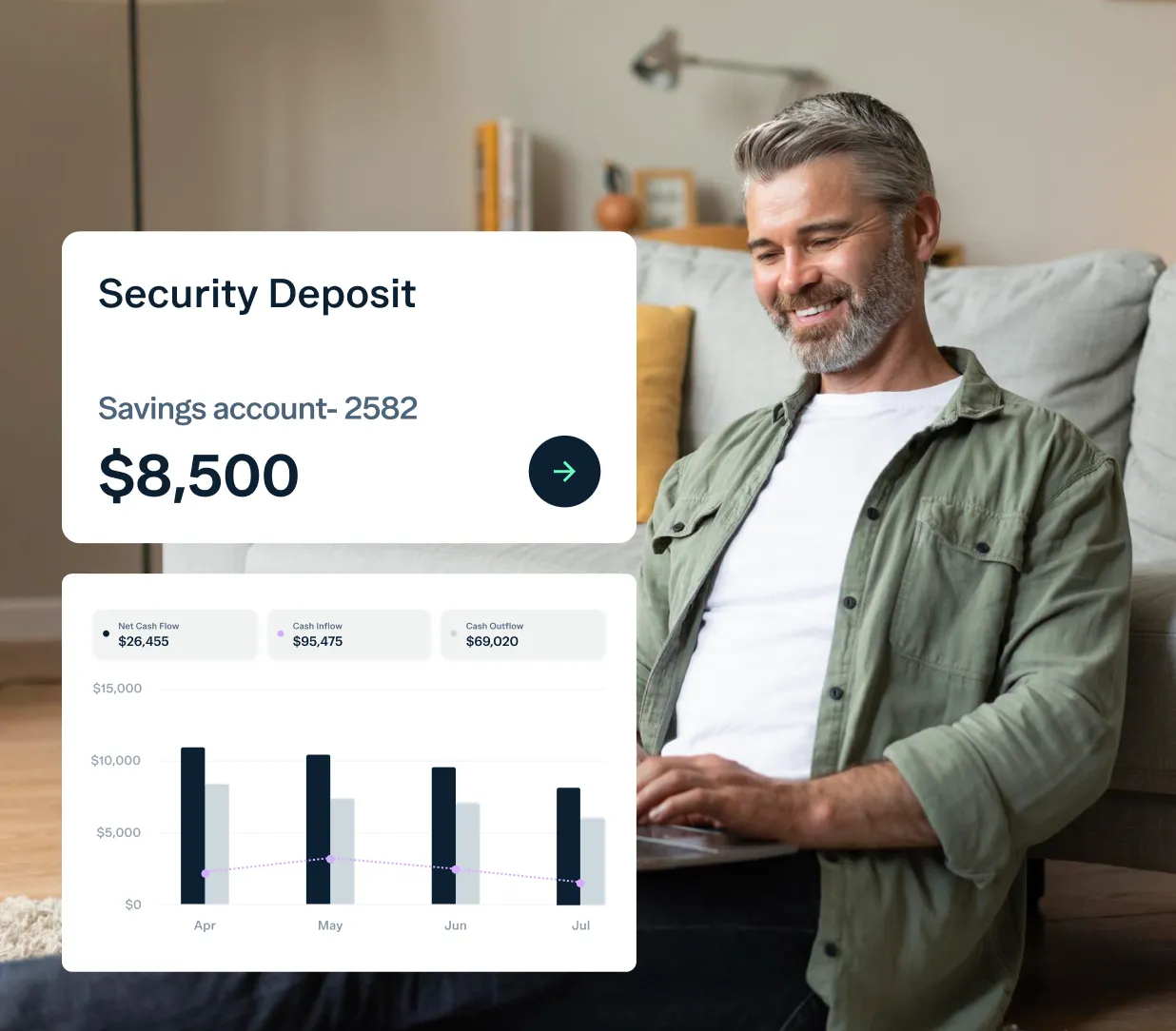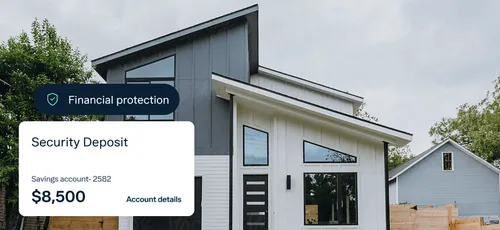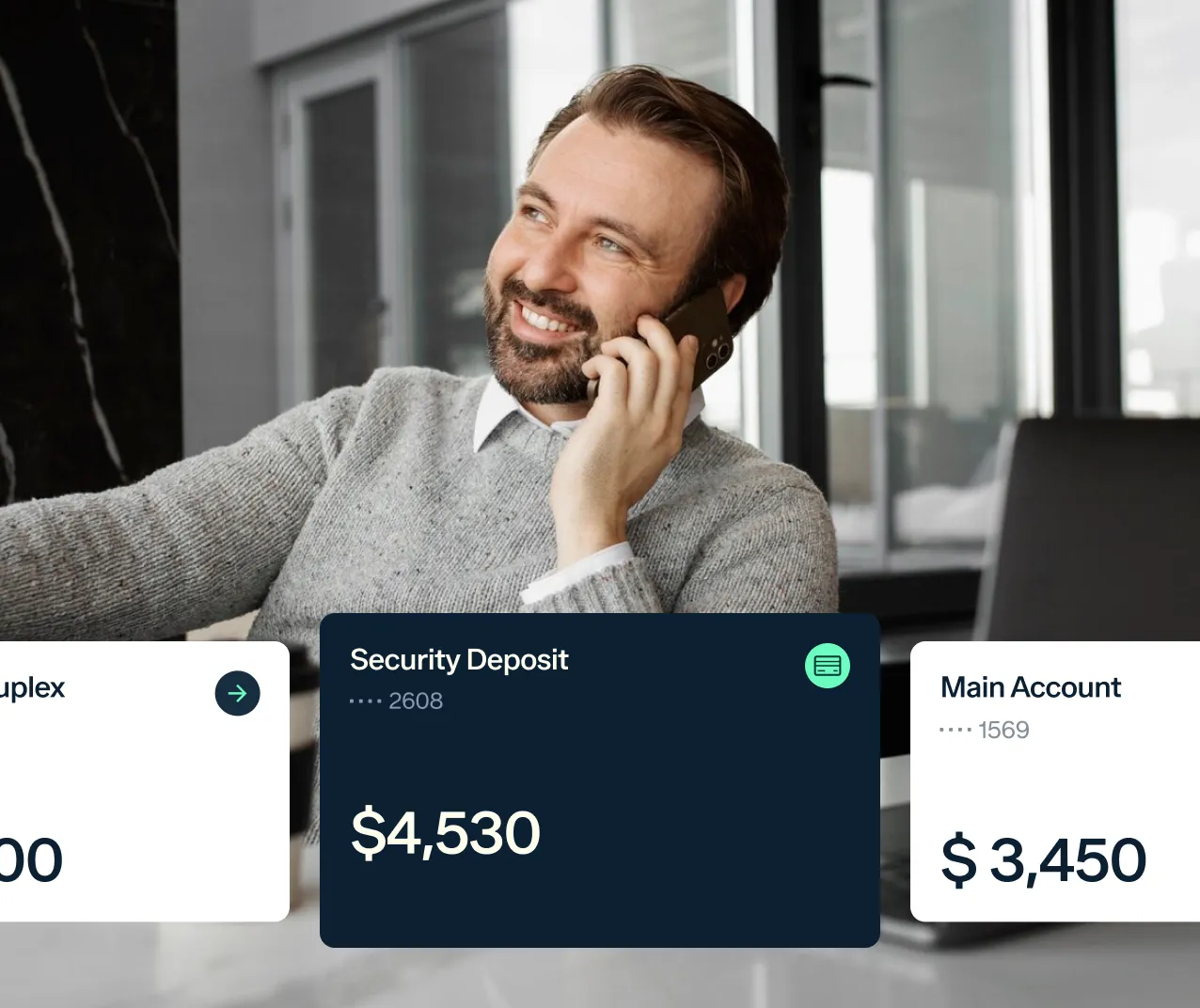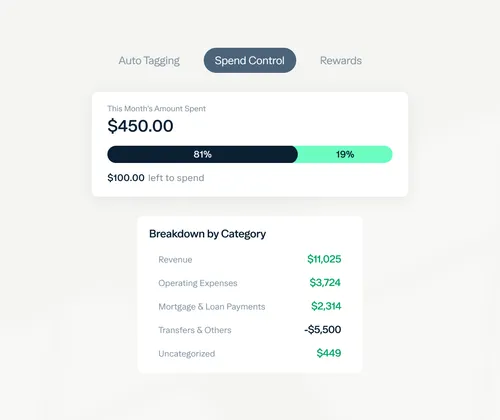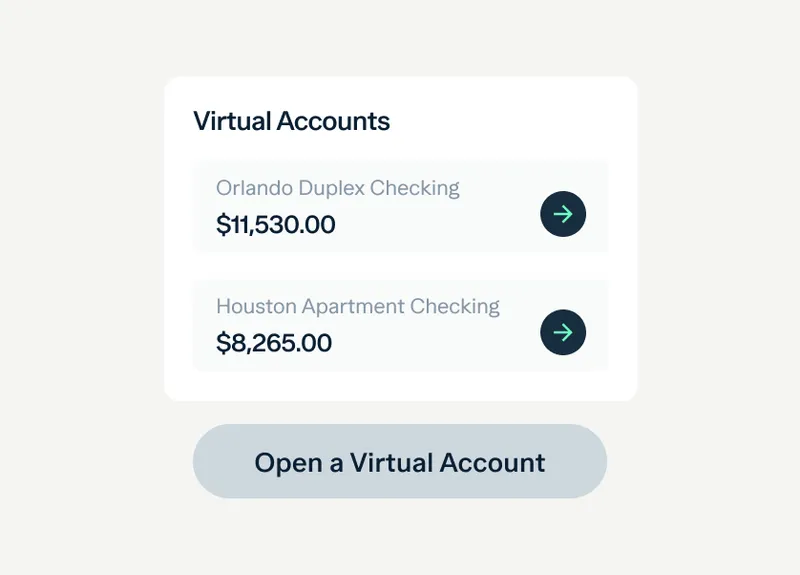In Utah, No legal limit applies.
Security deposit rules in {{ state }}
Limit: In Utah, there is no statutory limit on the amount a landlord can charge for a tenant security deposit. Most landlords typically require an amount equal to one month’s rent, though the tenant deposit can vary based on the tenant’s credit history, rental background, or property type. The deposit amount must be clearly stated in the lease agreement, and it is recommended that landlords use a dedicated security deposit bank account in Utah to ensure transparency and compliance with best practices.
Return Deadline: The landlord must return the tenant security deposit, along with an itemized list of deductions, within 30 days after the tenant vacates the property and provides a forwarding address. If the landlord fails to return the tenant deposit or provide the required written statement within 30 days, they may forfeit any right to withhold the funds and could be liable for damages up to three times the amount wrongfully withheld.
Acceptable Deductions: The tenant security deposit may be used to cover unpaid rent, late fees, cleaning costs, damages beyond normal wear and tear, and any other expenses necessary to restore the property to its move-in condition. The landlord must provide an itemized written statement supported by receipts, invoices, or repair estimates for all deductions made from the tenant deposit.
Where to Deposit: Utah law does not require landlords to place tenant deposits in a separate or interest-bearing account. However, landlords are encouraged to maintain a security deposit escrow account in Utah or a landlord tenant security deposit bank account in Utah to ensure that funds are properly managed and not commingled with personal or operating accounts. Although no specific security deposit interest rate is mandated, maintaining tenant deposits in a regulated account helps protect both parties and ensures compliance with Utah’s landlord-tenant laws.
